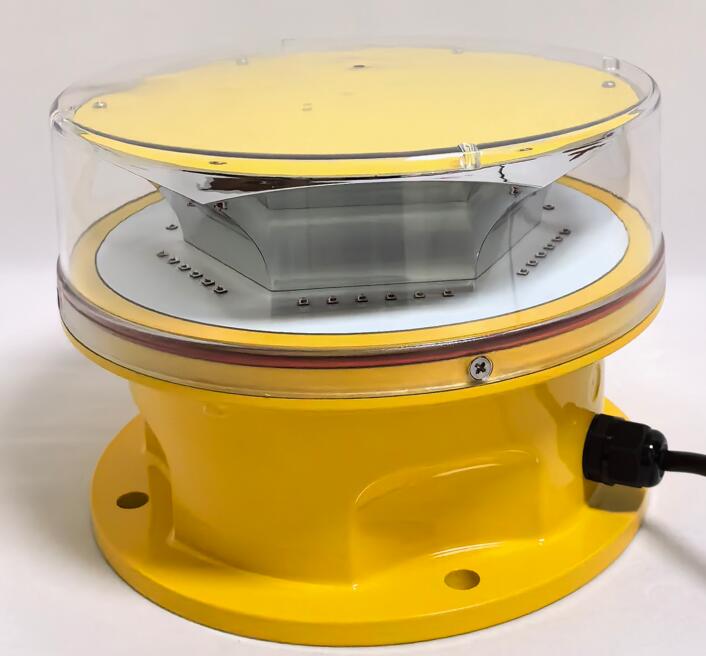Aviation Light: Guiding the Way in Modern Air Navigation
In the intricate and high-stakes world of aviation, safety and precision are paramount. Among the many tools and technologies that ensure safe air travel, the aviation light plays a pivotal role. These lights, designed to guide, warn, and inform, are essential for both ground operations and in-flight navigation. This article delves into the significance, types, and advancements of aviation lights, highlighting their critical role in modern air navigation.
The Role of Aviation Lights
Aviation lights serve multiple purposes, from marking runways and taxiways to illuminating aircraft and obstacles. Their primary function is to enhance visibility, ensuring that pilots, ground crew, and air traffic controllers can operate safely and efficiently, especially during nighttime or in adverse weather conditions. By providing clear visual cues, aviation lights help prevent accidents and ensure smooth operations at airports and in the airspace.
Types of Aviation Lights
Aviation lights are categorized based on their application and location. The main types include:
Runway Lights: These lights mark the edges, centerline, and thresholds of runways. They help pilots align the aircraft during takeoff and landing, ensuring safe operations even in low visibility conditions.
Taxiway Lights: Installed along the edges and centerline of taxiways, these lights guide aircraft from the runway to the terminal and vice versa. They are typically blue in color to distinguish them from runway lights.
Obstruction Lights: These lights are installed on tall structures such as towers, buildings, and wind turbines to make them visible to pilots. They prevent collisions by marking potential hazards in the airspace.

Aircraft Lights: Aircraft are equipped with various lights, including navigation lights, anti-collision lights, and landing lights. These lights enhance the visibility of the aircraft to other pilots and ground crew, ensuring safe operations during all phases of flight.
Approach Lights: Located at the approach end of runways, these lights provide visual guidance to pilots during the final approach and landing. They help pilots align the aircraft with the runway and judge the distance and altitude.
| Aviation Light |
Regulatory Standards for Aviation Lights
The installation and maintenance of aviation lights are governed by strict regulatory standards to ensure uniformity and effectiveness. In the United States, the Federal Aviation Administration (FAA) sets the guidelines for aviation lighting, including specifications for light intensity, color, and placement. Similar regulations exist globally, with organizations such as the International Civil Aviation Organization (ICAO) providing international standards.
| Aviation Lights |
Compliance with these regulations is mandatory. Failure to install or maintain proper aviation lights can result in severe penalties, including fines and legal action. More importantly, non-compliance jeopardizes the safety of aircraft and their passengers, making adherence to these standards a top priority for airport operators and aircraft manufacturers.
Technological Innovations in Aviation Lights
Advancements in technology have significantly enhanced the effectiveness and efficiency of aviation lights. One of the most notable developments is the adoption of LED technology. LED lights offer numerous advantages over traditional incandescent bulbs, including:
Energy Efficiency: LEDs consume significantly less power, reducing operational costs and environmental impact.
Durability: LED lights have a longer lifespan, requiring less frequent maintenance and replacement.
Brightness: LEDs provide brighter and more consistent illumination, improving visibility for pilots and ground crew.
Another innovation is the integration of smart lighting systems. These systems use sensors and automation to adjust the brightness and color of aviation lights based on ambient conditions. For example, runway lights can automatically increase in brightness during foggy conditions to enhance visibility.
The Importance of Aviation Lights in Urbanization
As cities continue to expand and air traffic increases, the importance of aviation lights becomes even more critical. In densely populated urban areas, where airports are often located near residential and commercial zones, aviation lights play a vital role in ensuring safe and efficient operations.
For instance, helipads on skyscrapers rely on aviation lights to guide helicopters safely during takeoff and landing. Similarly, wind farms, often located in open areas, use aviation lights to ensure that turbines do not pose a hazard to low-flying aircraft.
Challenges and Future Directions
Despite their importance, aviation lights face several challenges. One issue is light pollution, which can affect nearby communities and wildlife. To address this, researchers are exploring ways to minimize the impact of aviation lighting while maintaining its effectiveness. For instance, directional lighting and adaptive systems that adjust brightness based on ambient conditions are being tested.
Another challenge is the integration of aviation lights with emerging technologies such as drones and autonomous aircraft. As these technologies become more prevalent, aviation lighting systems may need to evolve to accommodate new types of air traffic.
Looking ahead, the future of aviation lights lies in smart systems that can communicate with aircraft and air traffic control. These systems could provide real-time data on lighting status, weather conditions, and potential hazards, further enhancing aviation safety.
Aviation lights are a cornerstone of modern air navigation, ensuring that aircraft can operate safely and efficiently in all conditions. From runway and taxiway lights to obstruction and aircraft lights, these systems play a vital role in guiding pilots, preventing collisions, and enhancing visibility. As technology continues to advance, aviation lights will evolve, becoming more efficient, sustainable, and integrated with the broader aviation ecosystem.
In a world where air traffic is constantly increasing, aviation lights serve as a beacon of safety, guiding the way for pilots and ensuring that the skies remain a safe and navigable space for all.
